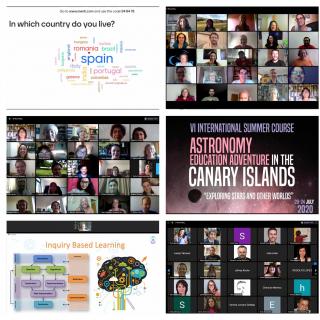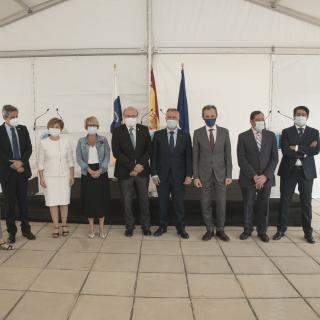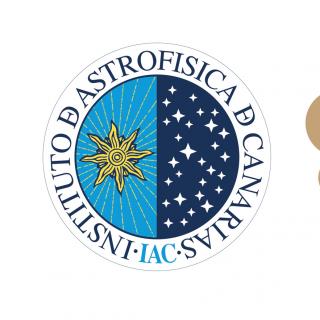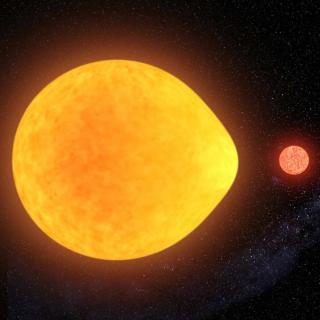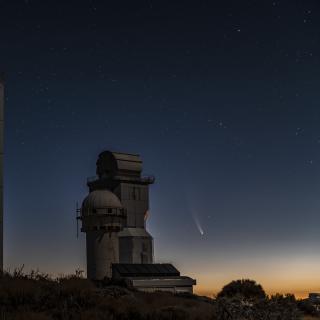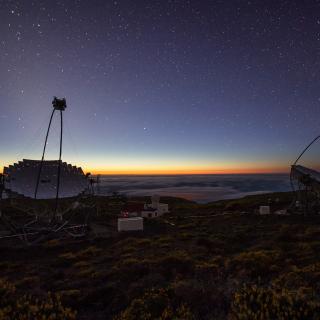The Ministry of Science and Innovation published yesterday the provisional resolution of the qualification of the Centres and Units of Excellence, granting the Instituto de Astrofísica de Canarias the recognition as a Centre of Excellence for the third consecutive time. The National Research Agency (AEI for its Spanish initials), which depends on the Ministry of Science and Innovation, has published the provisional resolution awarding the new Qualifications of the Severo Ochoa Centres of Excellence, whose aim is to recognize, reward, and promote high level scientific research at the Spanish
